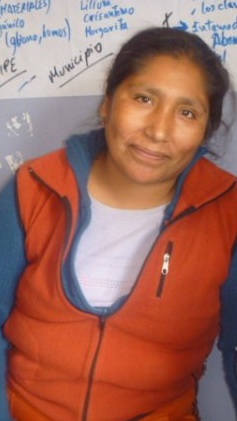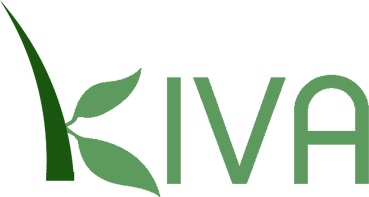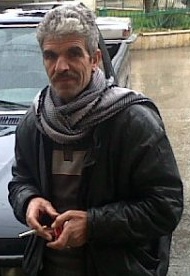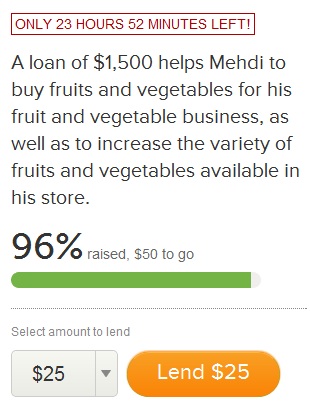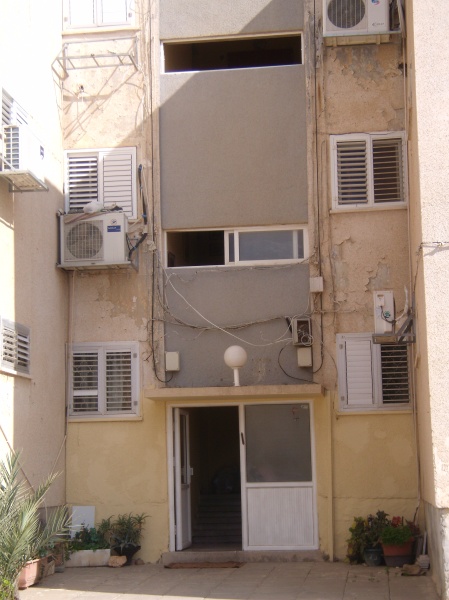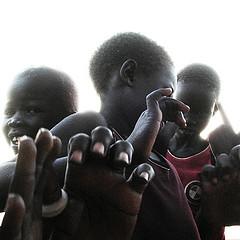
Let’s get right down to it. Jumo is a new social networking platform that intends to improve the way nonprofits, organizations, and individuals communicate online.
But what value does it have given how many others options are already available? Does it offer us something beyond the benefits of Facebook? And most importantly, is it good for the Jews? I asked Tova Serkin, a leading expert in Jewish peoplehood and nonprofit fundraising to find out.
Tova’s Take on Jumo
Prospects for Jumo’s Success
I want Jumo to succeed – I really do – but I wish I were more optimistic. The newest social network to break into the field, Jumo was launched last week as a platform for those interested in social change and charitable organizations.
Created by one Facebook’s founders, Chris Hughes, the site has already garnered tremendous press – and the pressure for success is on. Because of Hughes’ extensive experience both with Facebook and Barak Obama’s online fundraising campaign expectations, also in the from of venture capital, are high.
But through my time at JGooders, I have seen first hand how difficult it is to engage even the most committed activists in e-philanthropy of any sort. Here is my take after a few days of exploring the site.
A Quick Glance
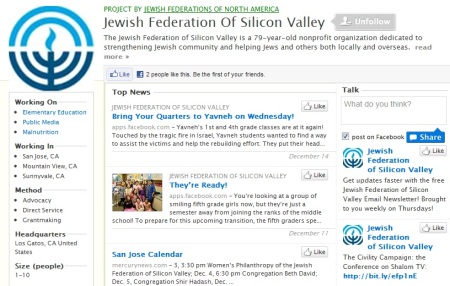
Screenshot: Jewish Federation of Silicon Valley. Best practice model for Jumo. Gives you an idea of how a Jumo page looks if you aren’t already a user
If you don’t look carefully, at first you might think Jumo was just another Facebook redesign – the similarities are multiple and conscious. Creators figure that if we are familiar and comfortable with one platform, some of that might transfer to them.
And in fact, you must have a Facebook account to use the system effectively. Essentially, social causes open pages, and users choose to follow the projects and charities that interest them. The focus is on relationship building as opposed to soliciting donations, but recognized charities in the US are able to raise funds as well.
Overall, barring some initial kinks in the Beta version, the site is clear, easy to understand and heralds a new way of interaction with organizations – at least in theory. But Jumo faces some tremendous uphill battles before it can truly take off – while on paper it the idea of building community around specific social causes is compelling, in my experience, it is virtually impossible for most organizations.
— Keep reading to learn about Jumo’s utility to Jewish organizations and for comparison shots of how one organization operates across its website, Facebook, and Jumo —
Read the rest of this entry »



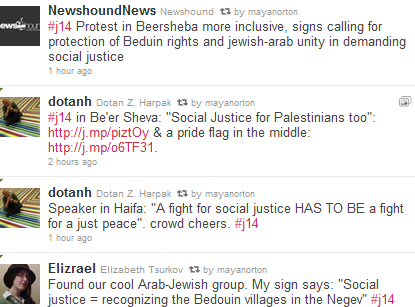




 Posted by Maya Norton
Posted by Maya Norton 
